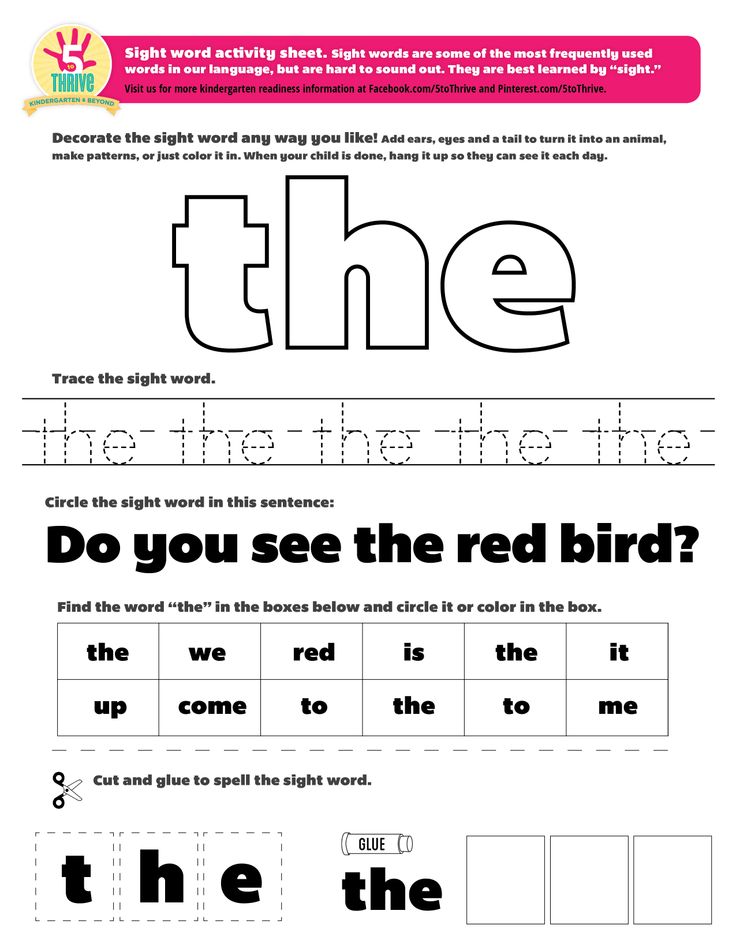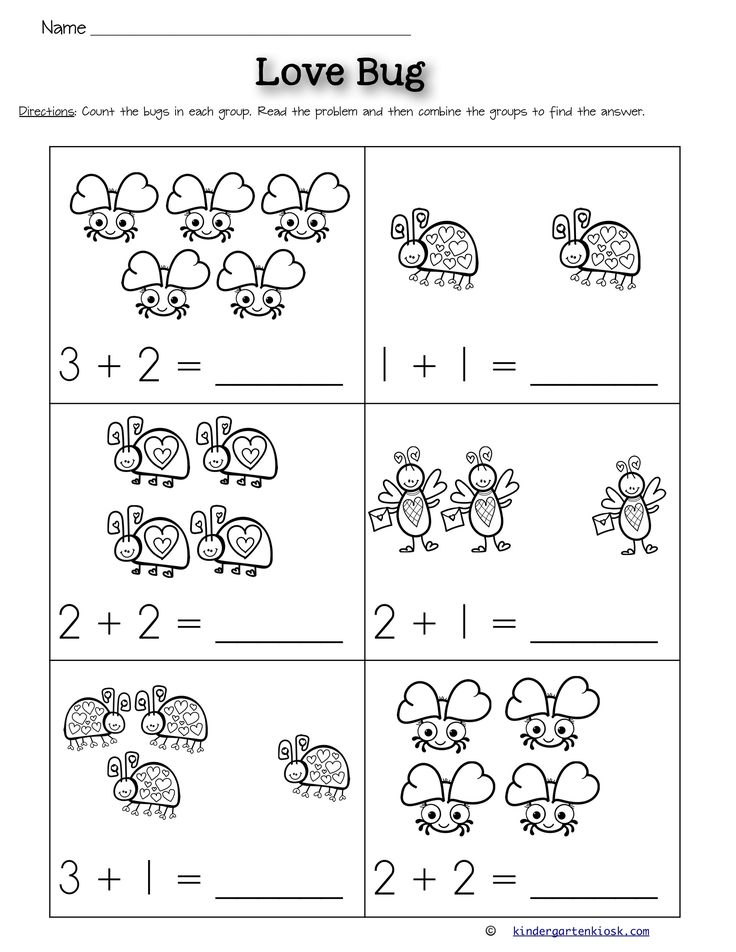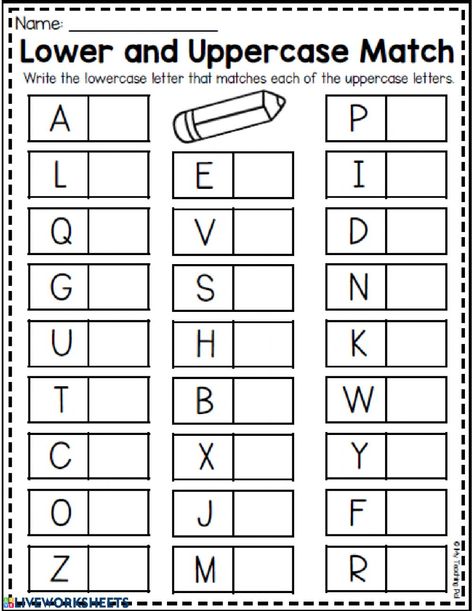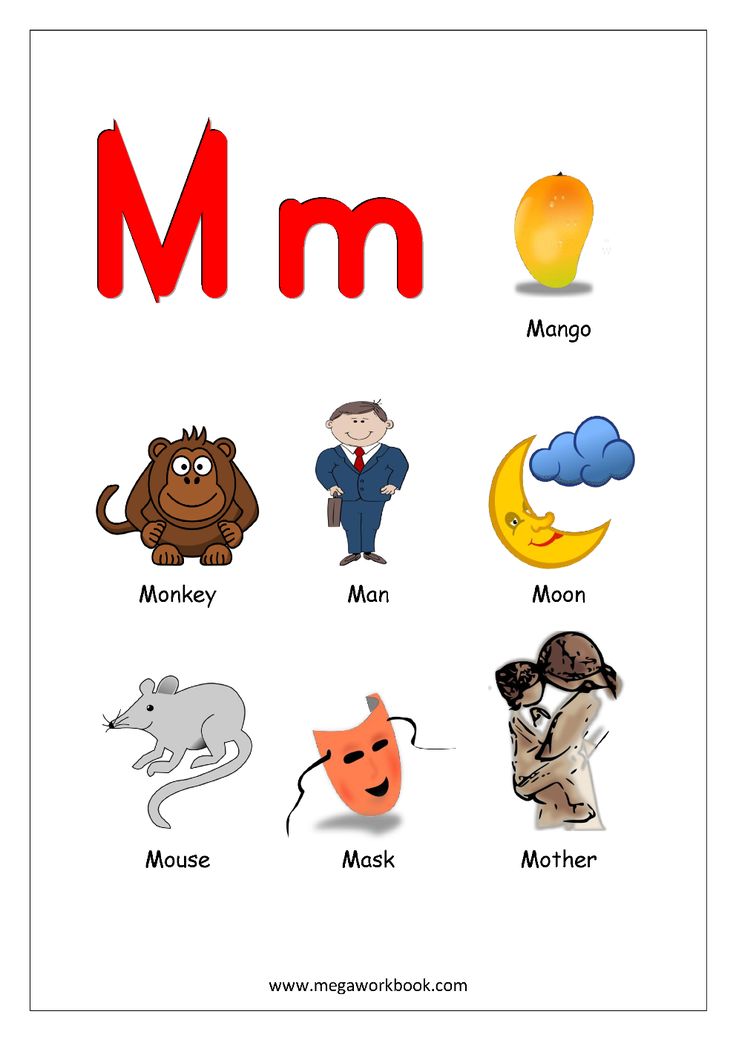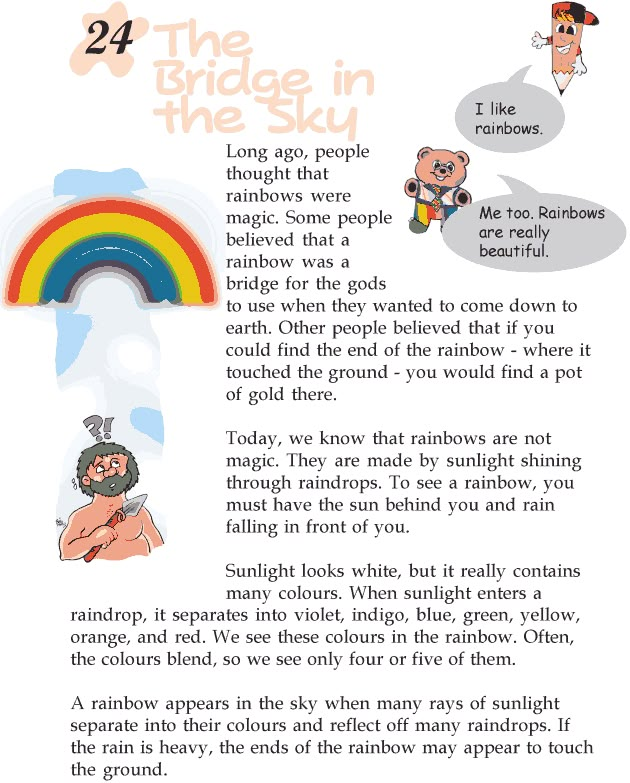What are some sight words
Top 100 Sight Words and How to Teach Them
Sight words is a common term in reading that has a variety of meanings. When it is applied to early reading instruction, it typically refers to the set of about 100 words that keeps reappearing on almost any page of text. “Who, the, he, were, does, their, me, be” are a few examples.
In addition to their being very frequent, many of these words cannot be “sounded out.” Children are expected to learn them by sight (that is, by looking at them and recognizing them, without any attempt to sound them out.)
Unfortunately, this means minimal teaching. Often, little is done other than to show the word and tell the child what it is “saying.” For many children, this is not enough, with the result that their reading of these critical words is laden with error.
What does this mean for parents who are helping their children master reading? Basically it means spending some time in truly teaching these words so that your child gains real mastery of them. The key to achieving this goal is accurate writing (spelling)—via memory. That is, the child writes the word when the model is not in view.
You can do this by creating simple sentences that the child reads. (By using sentences, you will automatically be using many “sight words.” In addition, you will be giving your child the opportunity to deal with words in context—a key to meaningful reading) After showing the sentence and having your child read it, turn it over and then dictate the sentence. If there is an error, you immediately stop your child and take away the paper. Then you show the model again and repeat the process. In other words, the writing of the sentence has to be fully accurate, starting with the first word.
If you want a list of those words to help guide your efforts, here is the top 100 according to the American Heritage Word Frequency Book by John B. Carroll.
A: a, an, at, are, as, at, and, all, about, after
B: be, by, but, been
C: can, could, called
D: did, down, do
E: each
F: from, first, find, for
H: he, his, had, how, has, her, have, him
I: in, I, if, into, is, it, its
J: just
K: know
L: like, long, little
M: my, made, may, make, more, many, most,
N: not, no, now
O: or, one, of, out, other, over, only, on
P: people
S: said, she, some, so, see
T: the, to, they, this, there, them, then, these, two, time, than, that, their
U: up, use
V: very
W: was, with, what, were, when, we, which, will, would, words, where, water, who, way
Y: you, your
Click here to download our Recommended Top 100 Sight Words.
Literacy and reading expert, Dr. Marion Blank
Dr. Marion Blank is answering your questions about reading and learning. If you have a question for Dr. Marion, visit the Reading Kingdom Facebook Page and let us know how we can help.
If you think the Reading Kingdom program can help your children learn to read, enjoy a free, 30-day trial here.
What Are Sight Words? Get the Definition Plus Teaching Resources
When you’re a new teacher, the number of buzzwords that you have to master seems overwhelming at times. You’ve probably heard about many concepts, but you may not be entirely sure what they are or how to use them in your classroom. For example, new teacher Katy B. asks, “This seems like a really basic question, but what are sight words, and where do I find them?” No worries, Katy. We have you covered!
What’s the difference between sight words and high-frequency words?
Oftentimes we use the terms sight words and high-frequency words interchangeably.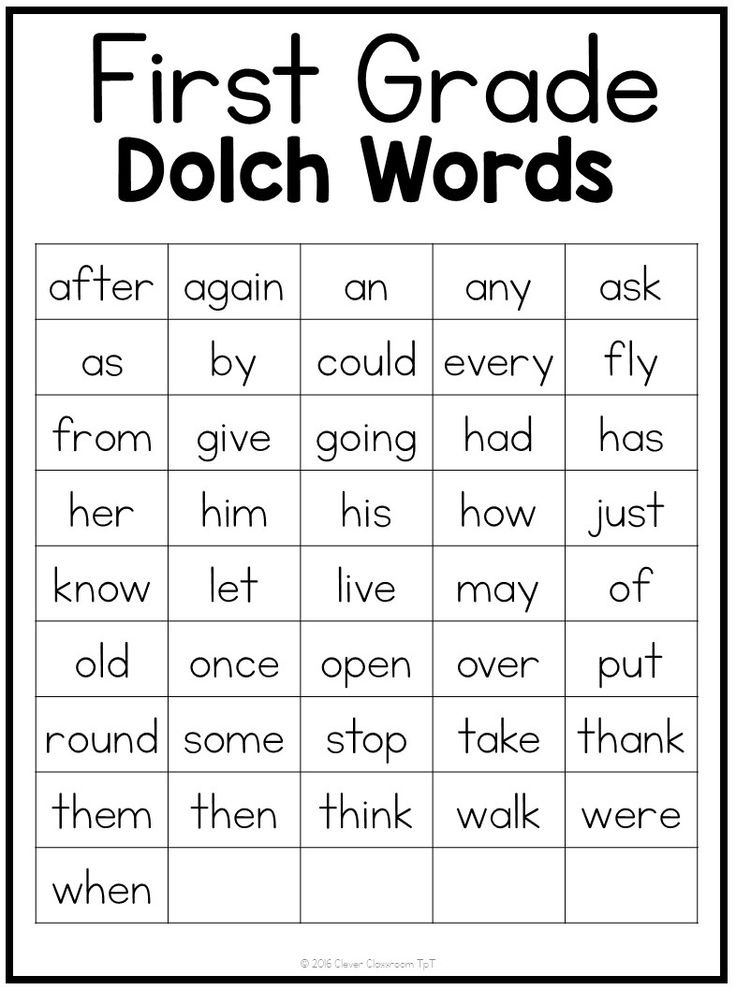 Opinions differ, but our research shows that there is a difference. High-frequency words are words that are most commonly found in written language. Although some fit standard phonetic patterns, some do not. Sight words are a subset of high-frequency words that do not fit standard phonetic patterns and are therefore not easily decoded.
Opinions differ, but our research shows that there is a difference. High-frequency words are words that are most commonly found in written language. Although some fit standard phonetic patterns, some do not. Sight words are a subset of high-frequency words that do not fit standard phonetic patterns and are therefore not easily decoded.
We use both types of words consistently in spoken and written language, and they also appear in books, including textbooks, and stories. Once students learn to quickly recognize these words, reading comes more easily.
What are sight words and how can I teach my students to memorize them?
Sight words are words like come, does, or who that do not follow the rules of spelling or the six types of syllables. Decoding these words can be very difficult for young learners. The common practice has been to teach students to memorize these words as a whole, by sight, so that they can recognize them immediately (within three seconds) and read them without having to use decoding skills.
Can I teach sight words using the science of reading?
On the other hand, recent findings based on the science of reading suggests we can use strategies beyond rote memorization. According to the the science of reading, it is possible to sound out many sight words because they have recognizable patterns. Literacy specialist Susan Jones, a proponent of using the science of reading to teach sight words, recommends a method called phoneme-grapheme mapping where students first map out the sounds they hear in a word and then add graphemes (letters) they hear for each sound.
How else can I teach sight words?
There are many fun and engaging ways to teach sight words. Dozens of books on the subject have been published, including the much-revered Comprehensive Phonics, Spelling, and Word Study Guide by Fountas & Pinnell. Also, resources like games, manipulatives, and flash cards are readily available online and in stores. To help get you started, check out these Creative and Simple Sight Word Activities for the Classroom.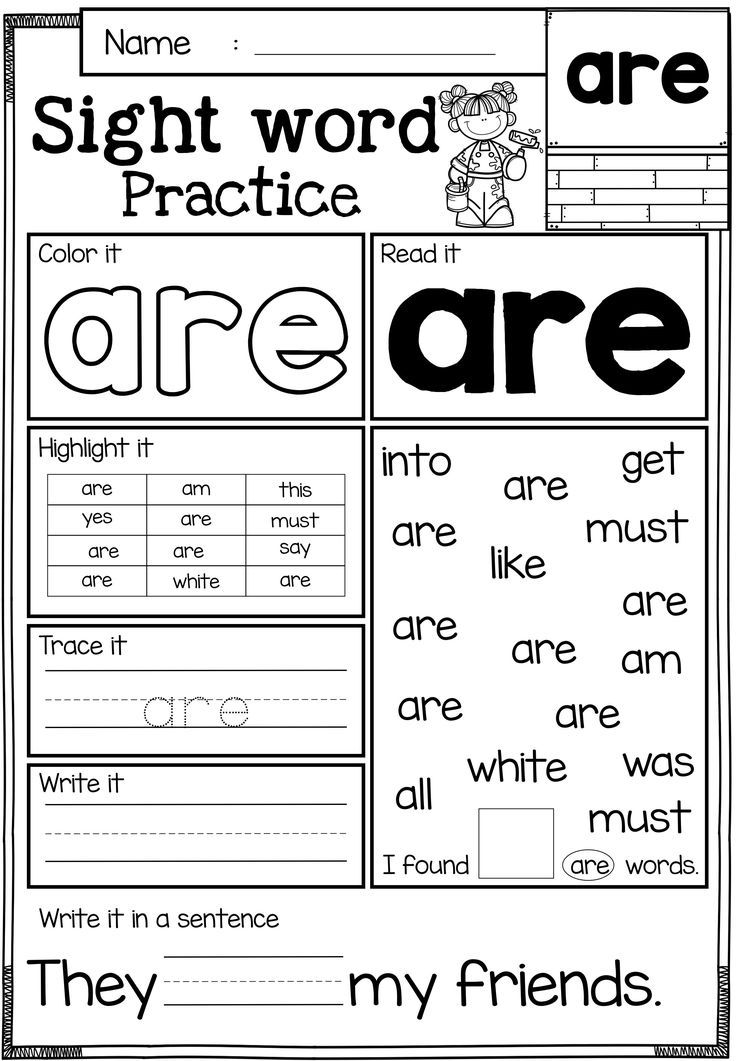 Also, check out Susan Jones Teaching for three science-of-reading-based ideas and more.
Also, check out Susan Jones Teaching for three science-of-reading-based ideas and more.
Where do I find sight word lists?
Two of the most popular sources are the Dolch High Frequency Words list and the Fry High Frequency Words list.
During the 1930s and 1940s, Dr. Edward Dolch developed his word list, used for pre-K through third grade, by studying the most frequently occurring words in the children’s books of that era. The list has 200 “service words” and also 95 high-frequency nouns. The Dolch word list comprises 80 percent of the words you would find in a typical children’s book and 50 percent of the words found in writing for adults.
Dr. Edward Fry developed an expanded word list for grades 1–10 in the 1950s (updated in 1980), based on the most common words that appear in reading materials used in grades 3–9. The Fry list contains the most common 1,000 words in the English language. The Fry words include 90 percent of the words found in a typical book, newspaper, or website.
Looking for more sight word activities? Check out 20 Fun Phonics Activities and Games for Early Readers.
Want more articles like this? Be sure to sign up for our newsletters.
Dictionary of ophthalmic terms
Abbe.
The Abbe number or coefficient is one of the main characteristics of optical materials. In order to explain its physical meaning, we recall that a ray of light falling on the surface of a transparent medium is refracted. The refractive index of any medium is determined by the properties of this medium and depends on the frequency (or wavelength) of light. The dependence of the refractive index on the wavelength of transmitted light in the range of the visible spectrum of solar radiation is called dispersion. Numerically, the dispersion is characterized by the dispersion coefficient, that is, the Abbe number. The Abbe number is determined by the Abbe formula = nd-1/nF-nc, which uses the refractive index for three Fraunhofer lines: F (blue), d (yellow) and c (red).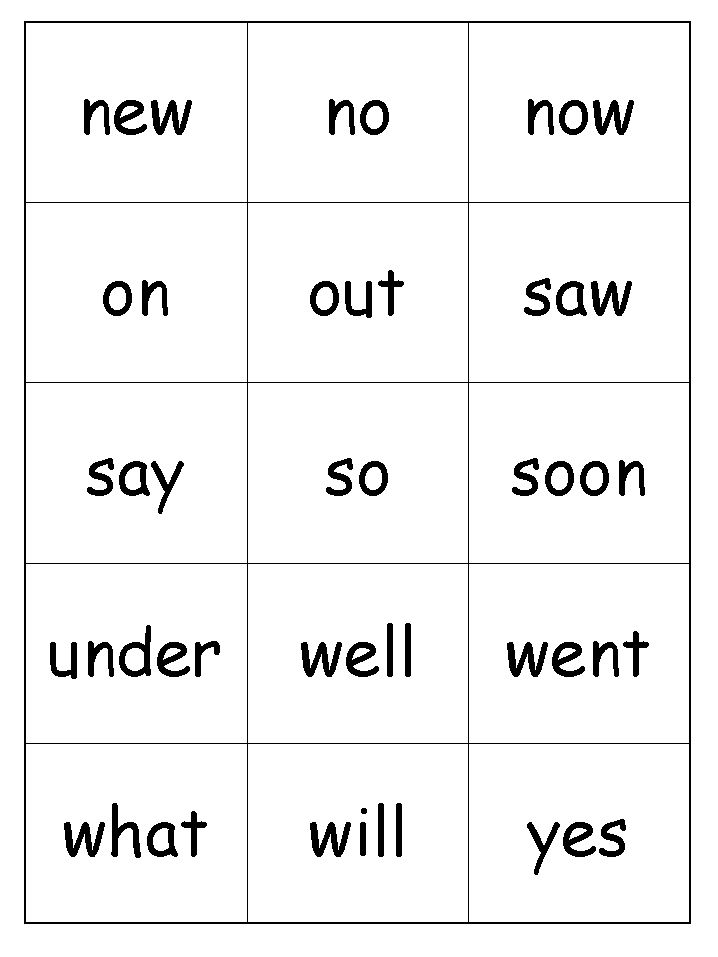 The dispersion of light causes the appearance of one of the main aberrations of optical systems - chromatic. The smaller the Abbe number, the greater the effect of chromatic aberration experienced by eyeglass wearers. The most common mineral glass has an Abbe number of 59, CR-39 is 58 and polycarbonate is 32.
The dispersion of light causes the appearance of one of the main aberrations of optical systems - chromatic. The smaller the Abbe number, the greater the effect of chromatic aberration experienced by eyeglass wearers. The most common mineral glass has an Abbe number of 59, CR-39 is 58 and polycarbonate is 32.
Aberration.
Distortion of the image on the retina due to the imperfection of the optical system of the eye.
Abrasion resistant.
Spectacle lens abrasion resistance.
Adhesion.
Adhesion (from Latin adhaesio - sticking), sticking together of the surfaces of two dissimilar solid or liquid bodies. An example of adhesion is the adhesion of water droplets to glass. Adhesion is due to the same reasons as adsorption.
Addition.
Addition (translated from Latin - addition). As a rule, the addition is indicated in the prescription for progressive glasses - then the letters add are necessarily present in it. Addition indicates the difference in diopter between distance and near correction values. This means that if you have +1.0 for distance and +2.0 for near, then add is 1.0. Determination of the necessary addition for the "near zone" is made by testing vision at a distance of 30-40 cm. It is necessary to determine the value of sufficient addition very strictly, since overcompensation with high values of addition will then necessarily worsen visual acuity in the "near zone", due to suppression mechanism of natural accommodation.
Addition indicates the difference in diopter between distance and near correction values. This means that if you have +1.0 for distance and +2.0 for near, then add is 1.0. Determination of the necessary addition for the "near zone" is made by testing vision at a distance of 30-40 cm. It is necessary to determine the value of sufficient addition very strictly, since overcompensation with high values of addition will then necessarily worsen visual acuity in the "near zone", due to suppression mechanism of natural accommodation.
Accommodation.
The ability to clearly see objects at different distances. Focusing is carried out with the help of the muscles of the eye and the lens (depending on age). In order to read up close or to see objects at close range clearly, the lens of the eye must increase its curvature, thereby focusing light rays onto the retina. If this does not happen (a), the light rays will focus as if behind the retina, and the image on it will be blurry. In the second case (b), the lens is adjusted in such a way that the light rays are focused exactly on the retina - the image in this case is clear and sharp.
In the second case (b), the lens is adjusted in such a way that the light rays are focused exactly on the retina - the image in this case is clear and sharp.
Amblyopia.
A visual disorder characterized by a decrease in visual acuity and impaired perception of its color. The disease is associated with damage to the optic nerve; often the cause of amblyopia is the toxic effect of alcohol and tobacco (tobacco-alcohol amblyopia), as well as vitamin deficiency (mainly group B).
Ametropia.
Visual impairment due to the lack of focusing of light on the retina.
Anisometropia.
A condition in which a person has a different refraction of the eyes. The difference between the refractions of both eyes, exceeding 2 diopters. Smaller differences are quite common. It is not noticed by the patient and does not independently lead to a disorder of binocular vision, in which the image from two eyes is perceived as one. With a large difference, a person uses one eye. The image coming from the other eye is suppressed. In this case, amblyopia develops (blindness from inactivity).
With a large difference, a person uses one eye. The image coming from the other eye is suppressed. In this case, amblyopia develops (blindness from inactivity).
Asthenopia.
Functional disorders accompanied by unpleasant sensations in the eye area (stinging, burning, feeling of "sand", redness of the eyeballs, blurred vision, etc.) that occur after intense visual work.
Astigmatism.
A special kind of optical structure of the eye. Astigmatism is most often caused by an irregular curvature of the cornea: its front surface is not the surface of a ball, where all radii are equal, but a segment of a rotating ellipsoid, where each radius has its own length, and therefore a special refraction that differs from the nearby meridian. Astigmatism in one eye combines the effects of nearsightedness, farsightedness and normal vision. The disease is often congenital and hereditary, but may be the result of surgery or eye trauma.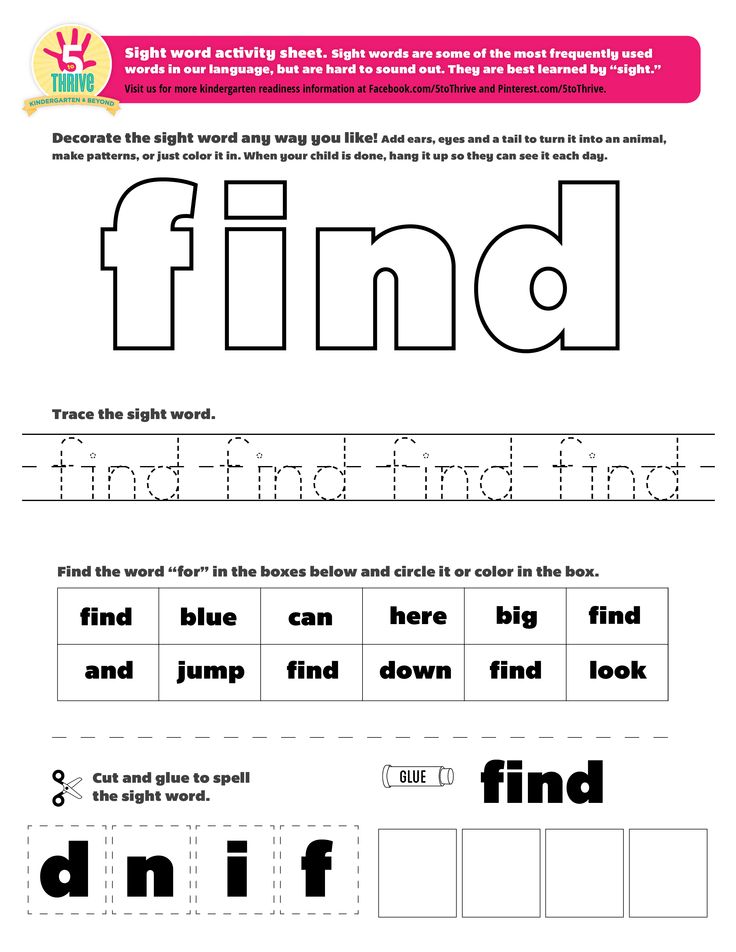 The image of objects with astigmatism is fuzzy, sometimes blurry, straight lines look curved. In addition to defects in visual perception, astigmatism is usually accompanied by rapid eye fatigue, decreased vision, and headaches.
The image of objects with astigmatism is fuzzy, sometimes blurry, straight lines look curved. In addition to defects in visual perception, astigmatism is usually accompanied by rapid eye fatigue, decreased vision, and headaches.
Mixed astigmatism.
Myopia is observed in one of the main meridians, hypermetropia in the other.
Symptoms: decreased vision, sometimes seeing objects distorted, rapid eye fatigue during work, headache. In the study, there is a difference in the refractive power of the eye in different meridians. Diagnosis: based on the determination of refraction in the main refractive meridians.
Afakia.
Absence of the lens of the eye; observed in patients with cataracts after surgical removal of the lens.
Basic curvature.
The curvature of the back surface of the contact lens should best match the curvature of the cornea of the eye. The curvature of the central part of the back surface of a contact lens is called the base curvature. For most contact lenses, this part has a spherical shape, which is characterized by the so-called radius of base curvature. The base curvature radius is usually measured in millimeters. Typical values for this radius range from 7.8 to 9.5 mm. The smaller the radius, the "steeper" the contact lens.
The curvature of the central part of the back surface of a contact lens is called the base curvature. For most contact lenses, this part has a spherical shape, which is characterized by the so-called radius of base curvature. The base curvature radius is usually measured in millimeters. Typical values for this radius range from 7.8 to 9.5 mm. The smaller the radius, the "steeper" the contact lens.
Binocular vision.
Ability to simultaneously see clearly an image of an object with both eyes; in this case, the person sees one image of the object he is looking at. Binocular vision is not innate but develops in the first few months of life. Allows you to clearly see distant objects, and also creates a three-dimensional image.
Nearsightedness (myopia).
A refractive error in which parallel light rays are focused in front of the retina rather than on it. In this case, a person sees distant objects indistinctly, blurry, since he cannot achieve a clearer image of them with the help of accommodation.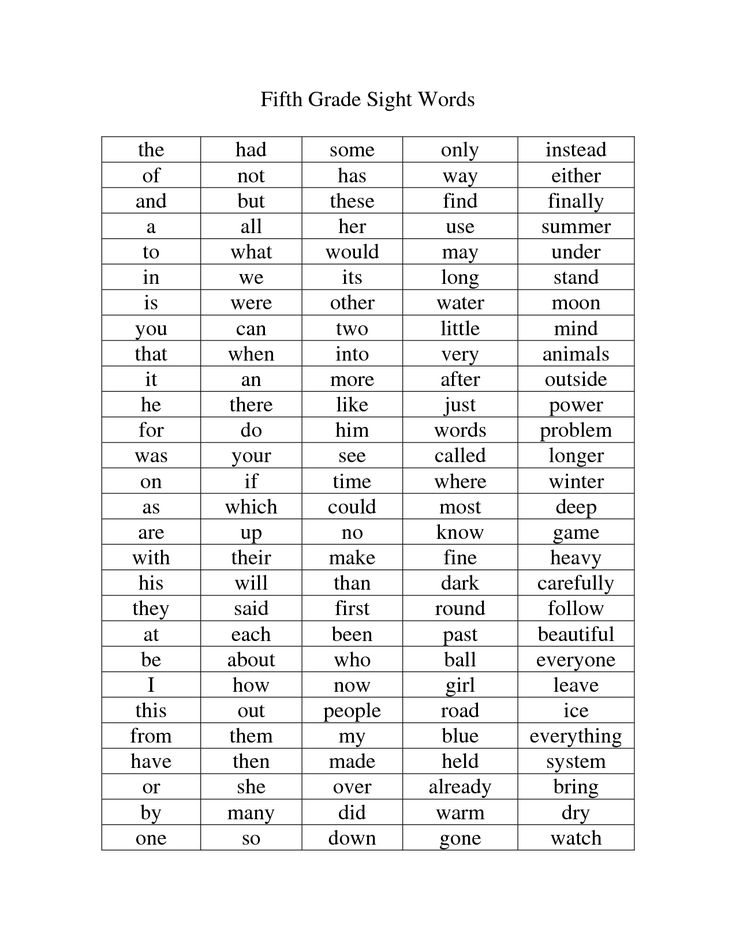 Myopia is corrected by wearing special glasses with concave spectacle lenses; at present, it can also be eliminated surgically.
Myopia is corrected by wearing special glasses with concave spectacle lenses; at present, it can also be eliminated surgically.
Blister.
A blister is an individual package of a contact lens. The blister is a plastic container covered with foil on top. The blister can contain only one contact lens. Usually blisters are connected to each other and placed in a cardboard box.
Contact lens moisture content.
The water content of a contact lens is one of the main parameters. The high water content ensures the comfort of wearing a contact lens and the supply of oxygen to the cornea. The water allows oxygen to move through the hydrogel contact lens material. Oxygen molecules dissolve in water and travel through the contact lens material to the cornea. Oxygen permeability is critical for soft contact lenses because the lacrimal pump is not efficient enough to deliver oxygen to the cornea. Most of the oxygen needed by the cornea comes through contact lenses.
Intraocular pressure.
Fluid pressure inside the eye.
Eye.
The eye is a paired organ described as an eyeball. It is located in the eye socket. The shape of the eye varies from round to oval. In a newborn, the eye is as if squeezed in the anteroposterior direction, so the image goes beyond the eyeball, resulting in farsightedness. As the eyeball grows, such farsightedness disappears. It should be noted that a child is born with an already well-developed organ of vision. From childhood, the eye increases no more than twice.
Fundus. Inner surface of the eye as seen through an ophthalmoscope.
Eyeball.
It is a spherical chamber containing light-conducting media - the cornea, the moisture of the anterior chamber, the lens and the gelatinous liquid - the vitreous body, the purpose of which is to refract light rays and focus them in the area of the receptors on the retina.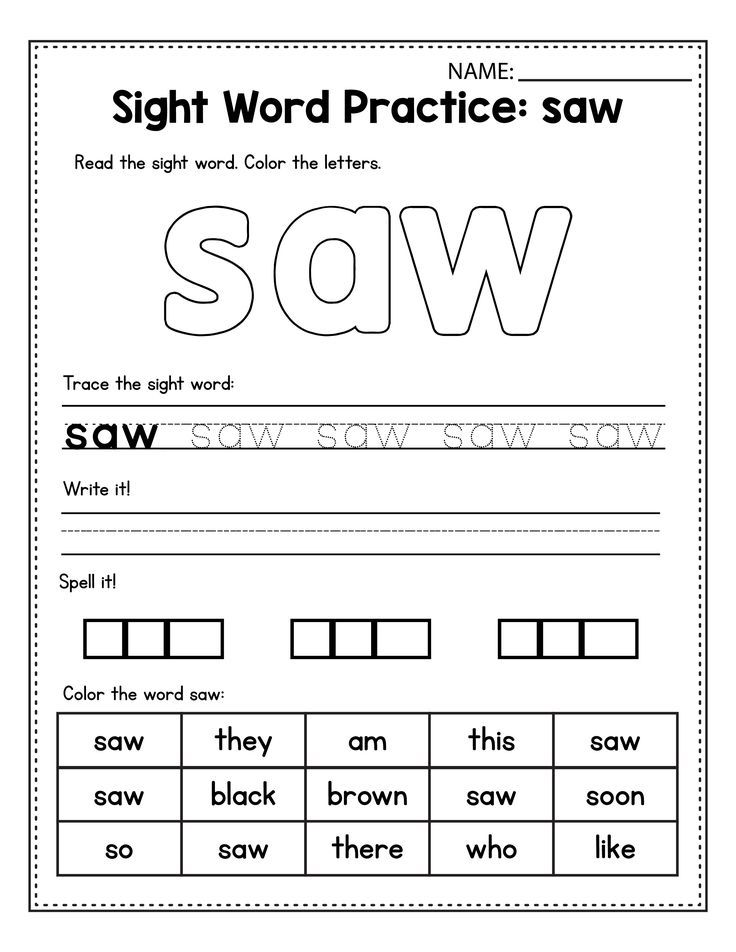 The walls of this spherical chamber are 3 shells. The outer opaque shell - the sclera - passes in front into the transparent cornea. The middle or choroid in front of the eye forms the ciliary body and the iris, which determines the color of the eyes. In the middle of the iris there is a hole - the pupil, which regulates the amount of light rays transmitted into the eye. The inner shell - the retina - contains the photoreceptors of the eye (rods and cones) and serves to convert light energy into nervous excitation.
The walls of this spherical chamber are 3 shells. The outer opaque shell - the sclera - passes in front into the transparent cornea. The middle or choroid in front of the eye forms the ciliary body and the iris, which determines the color of the eyes. In the middle of the iris there is a hole - the pupil, which regulates the amount of light rays transmitted into the eye. The inner shell - the retina - contains the photoreceptors of the eye (rods and cones) and serves to convert light energy into nervous excitation.
Glaucoma.
Chronic eye disease characterized by constant or intermittent increase in intraocular pressure, a special form of optic nerve atrophy (glaucomatous excavation) and characteristic changes in the visual field. There are primary, secondary and congenital glaucoma.
Farsightedness (hypermetropia).
An eye condition in which parallel rays of light are focused behind the retina, resulting in reduced accommodation of the eye. A small degree of hypermetropia may not lead to visual impairment in children and young people due to their ability to accommodate, however, in older people, as well as with a high degree of hypermetropia, there is a weakening of near vision compared to far vision. Normal vision can be restored with special glasses with convex spectacle lenses. For comparison: Emmetropia, Myopia.
A small degree of hypermetropia may not lead to visual impairment in children and young people due to their ability to accommodate, however, in older people, as well as with a high degree of hypermetropia, there is a weakening of near vision compared to far vision. Normal vision can be restored with special glasses with convex spectacle lenses. For comparison: Emmetropia, Myopia.
Contact lens diameter.
The diameter of a contact lens is the distance from one edge of the contact lens to the opposite (through its center). Typically, soft contact lenses have a diameter of 13.0 to 15.0 mm. The base curvature radius and diameter are the main geometrical parameters of contact lenses that are used by a doctor when fitting contact lenses to a patient.
Diopter. Unit of measure for the refraction of the eye.
Rigid contact lenses.
Rigid (hard) contact lenses are called so because they are rigid - every blink puts a little pressure on the cornea.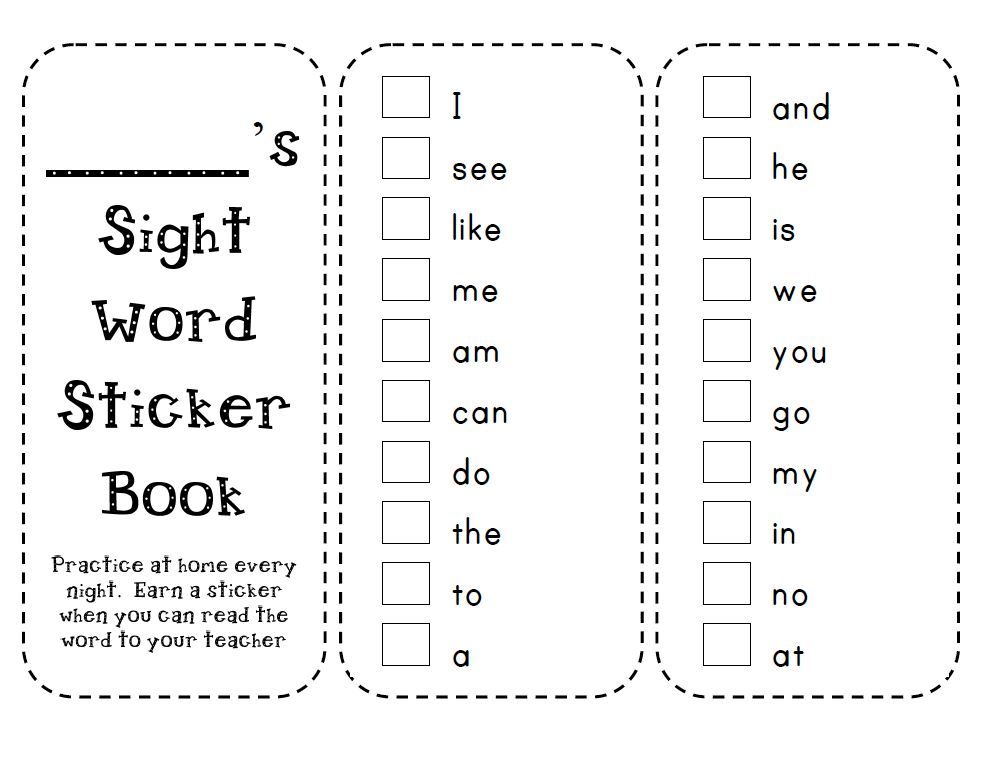 Rigid contact lenses are divided into two groups depending on the oxygen permeability. PMMA (polymethyl methacrylate) oxygen-impermeable and gas-permeable rigid contact lenses, which are made from a combination of PMMA and an organosilicon polymer. Rigid contact lenses are commonly used to correct severe astigmatism.
Rigid contact lenses are divided into two groups depending on the oxygen permeability. PMMA (polymethyl methacrylate) oxygen-impermeable and gas-permeable rigid contact lenses, which are made from a combination of PMMA and an organosilicon polymer. Rigid contact lenses are commonly used to correct severe astigmatism.
Pupil.
This is the hole in the center of the iris that appears black because the inside of the eye is dark (red-eye in flash photography is nothing more than the appearance of the pupil as light reflects off the retina). Pupil size depends on the amount of light falling on the eye, age, degree of focus, and so on.
Visual system.
Serves for the perception and analysis of light stimuli. The peripheral part of this system is represented by a complex organ - the eye, containing photoreceptors and the bodies of the first and second neurons. The fibers of the second neurons make up the optic nerve, through which excitation is transmitted to the third neurons in the diencephalon, and then to the neurons of the occipital region of the cerebral cortex.
Cataract.
Opacification of the lens of the eye. Normally, the lens is completely transparent. However, with age, a violation of its nutrition can cause persistent blurring and blurred vision. The development of the disease is facilitated by metabolic disorders (in particular, diabetes mellitus), toxic or traumatic effects on the eye, diseases of the inner membranes of the eye (inflammation, a high degree of myopia, glaucoma, etc.). The disease can be congenital or acquired. Congenital cataracts usually do not progress. The rate of progression of acquired cataract varies from person to person and largely depends on the general condition of the body and eye tissues. Traumatic cataracts can progress very quickly. In the initial stage of the disease, a flash of dark stripes, strokes, spots is felt before the eyes. When looking at light sources (a candle, a lantern, etc.), the image often splits in two. Gradually, clouding of the lens becomes pronounced. With a developed cataract, the pupil area is grayish, grayish-white or milky-white. At the same time, visual acuity decreases, with a complete (“ripe”) cataract, the patient feels only the presence or absence of light.
With a developed cataract, the pupil area is grayish, grayish-white or milky-white. At the same time, visual acuity decreases, with a complete (“ripe”) cataract, the patient feels only the presence or absence of light.
Keratitis.
Inflammation of the cornea - the transparent anterior shell of the eyeball. The most important in the occurrence of keratitis is an infection, the pathogens of which penetrate the cornea from the outside, or from the blood and lymph in various infectious diseases. The main signs of keratitis are photophobia, lacrimation, spasm of the eyelids, reddening of the vessels of the conjunctiva, a feeling of the presence of a foreign body in the eye.
Oxygen permeability of contact lenses.
To characterize the oxygen permeability of a material, the oxygen permeability coefficient Dk is used. The oxygen permeability of a material is directly proportional to its water content and does not depend on the thickness of the material.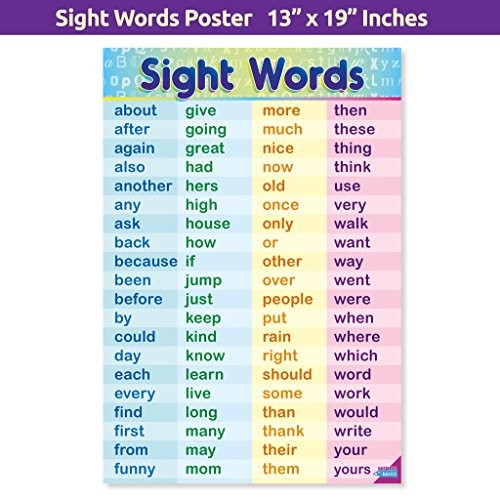 To characterize the ability of a particular contact lens to pass oxygen, the oxygen transmittance is used - Dk / L, where L is the thickness of the contact lens (usually the thickness of the contact lens in the center is taken). This coefficient is already a characteristic of a particular lens and depends, in particular, on its thickness. For example, contact lenses for the correction of severe myopia, being very thin in the central zone, allow oxygen to easily penetrate through them (Dk/L will be large). On the other hand, contact lenses for aphakia correction are very thick in the center and have poor oxygen permeability (Dk/L will be low). As the water content decreases, there is a corresponding decrease in Dk/L. This may change other parameters of the contact lens, which may affect the fit of contact lenses. Reducing the water content by 20% leads to a decrease in oxygen permeability by approximately 2 times. For practical use, the following table establishing the relationship between the water content of a polymer and its Dk is very useful:
To characterize the ability of a particular contact lens to pass oxygen, the oxygen transmittance is used - Dk / L, where L is the thickness of the contact lens (usually the thickness of the contact lens in the center is taken). This coefficient is already a characteristic of a particular lens and depends, in particular, on its thickness. For example, contact lenses for the correction of severe myopia, being very thin in the central zone, allow oxygen to easily penetrate through them (Dk/L will be large). On the other hand, contact lenses for aphakia correction are very thick in the center and have poor oxygen permeability (Dk/L will be low). As the water content decreases, there is a corresponding decrease in Dk/L. This may change other parameters of the contact lens, which may affect the fit of contact lenses. Reducing the water content by 20% leads to a decrease in oxygen permeability by approximately 2 times. For practical use, the following table establishing the relationship between the water content of a polymer and its Dk is very useful:
Water content - Dk
38%±% - 9±
55%±% - 18±
75%±% - 36±
The thinner the contact lens, the more oxygen it transmits. But keep in mind that ultra-thin contact lenses cause dehydration of the eye (dehydration of the cornea).
But keep in mind that ultra-thin contact lenses cause dehydration of the eye (dehydration of the cornea).
Convergence.
In ophthalmology, the ability of the eye to turn inward and focus on objects near it, so that a single image is obtained on both retinas. The closer the object under consideration is located, the greater the degree of convergence (convergence).
Contact lenses .
Visual defects can also be corrected with contact lenses. They are put on the front surface of the eye, taking its shape. The advantages of contact lenses are that they do not limit the field of vision, but allow even with high degrees of ametropia to see objects clearly, protect the eye in case of injury. Wearing contact lenses is possible at any age, but it is important to understand that improper handling of contact lenses can cause serious diseases of the cornea and the entire eye. Contact lenses require special care and adherence to a number of rules, which you need to ask the doctor who selects contact lenses in detail. A special care kit is issued for contact lenses, consisting of several products. In the future, it is better to use care products of the same system (manufactured by the same company), and not combine products from different companies. There are soft contact lenses for correcting myopia and farsightedness, and hard contact lenses for eyes with astigmatism. You can also wear contact lenses after cloudy lens removal surgery if an artificial lens has not been implanted.
A special care kit is issued for contact lenses, consisting of several products. In the future, it is better to use care products of the same system (manufactured by the same company), and not combine products from different companies. There are soft contact lenses for correcting myopia and farsightedness, and hard contact lenses for eyes with astigmatism. You can also wear contact lenses after cloudy lens removal surgery if an artificial lens has not been implanted.
Routine replacement contact lenses.
Contact lenses used for a certain period of time - 2 weeks, a month.
Conjunctivitis.
Inflammation of the conjunctiva with redness and swelling of the eyes; there is watery or purulent discharge from the eyes.
Strabismus.
Deviation of the visual axis of one of the eyes from the common point of fixation. There are paralytic strabismus caused by damage to the nerves that innervate the muscles of the eye, and concomitant strabismus, the causes of which may be diseases of the central nervous system, general infections and intoxications, mental trauma, ametropia, a sharp decrease in vision or blindness in one eye.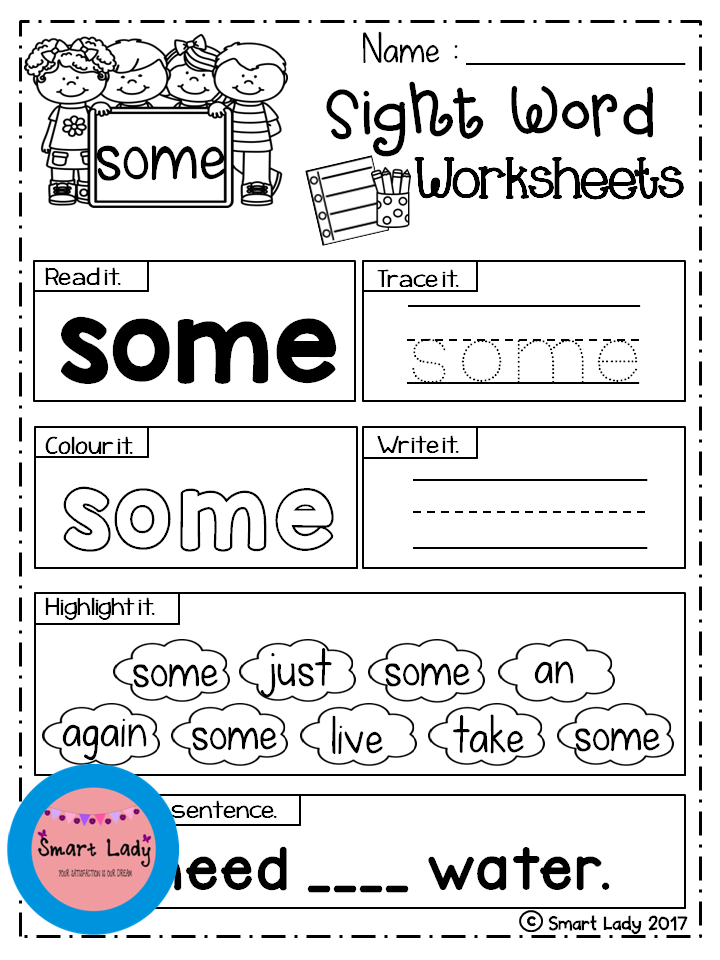 As a result of the action of these factors, various departments and sensory-motor connections of the visual analyzer are affected, on which binocular vision depends, which leads to its disorder or prevents its formation. Concomitant strabismus usually develops in early childhood. The visual axis of one eye is deviated from the object fixed by the other eye. Doubling, as a rule, does not happen. Binocular vision is absent. A functional scotoma appears in the field of view of the squinting eye. Both eyes (squinting and fixing) move approximately in the same volume. These movements in all directions are not limited or slightly limited. The visual acuity of the constantly squinting eye is significantly reduced. Paralytic strabismus differs from concomitant diplopia, the absence or sharp limitation of eye movements in the direction of the paralyzed muscle.
As a result of the action of these factors, various departments and sensory-motor connections of the visual analyzer are affected, on which binocular vision depends, which leads to its disorder or prevents its formation. Concomitant strabismus usually develops in early childhood. The visual axis of one eye is deviated from the object fixed by the other eye. Doubling, as a rule, does not happen. Binocular vision is absent. A functional scotoma appears in the field of view of the squinting eye. Both eyes (squinting and fixing) move approximately in the same volume. These movements in all directions are not limited or slightly limited. The visual acuity of the constantly squinting eye is significantly reduced. Paralytic strabismus differs from concomitant diplopia, the absence or sharp limitation of eye movements in the direction of the paralyzed muscle.
Macula.
The area of the retina of the straight eye where the light rays focused by the cornea and the lens of the eye meet. The macula is a very small area in the center of the retina. This small area of the retina is responsible for the central vision necessary for reading and doing other light work.
The macula is a very small area in the center of the retina. This small area of the retina is responsible for the central vision necessary for reading and doing other light work.
Mineral spectacle lenses.
Spectacle lenses based on silicate glasses. The main disadvantage is brittleness and high specific gravity.
Multicoatings.
Multi-layer coatings consisting of an adhesive layer, a reinforcing layer, a multi-layer antireflection coating and a hydrophobic (dirt-repellent) coating.
Optical zone.
The optical zone is the central part of the contact lens, which has a given optical power. Typical sizes of the optical zone lie in the range of 8-14 mm, for colored contact lenses the optical zone can be reduced to 5 mm (uncolored pupil).
Orthokeratology.
Orthokeratology is a method of influencing the cornea with specially designed rigid gas-permeable contact lenses for the short-term correction of mild to moderate myopia, as well as mild astigmatism.
Visual acuity.
Visual acuity is the ability to distinguish individual objects. It is measured by the minimum angle at which two points are perceived as separate - approximately 0.5 arcminutes. In the center of the retina, the cones are smaller and much denser, so the ability for spatial discrimination is 4-5 times higher here than at the periphery of the retina. Therefore, central vision has a higher visual acuity than peripheral vision. For a detailed examination of objects, a person by turning his head and eyes moves their image to the center of the retina. Visual acuity depends not only on the density of the receptors, but also on the clarity of the image on the retina - on the refractive properties of the eye, on the degree of accommodation, on the size of the pupil. In the aquatic environment, the refractive power of the cornea decreases, since its refractive index is close to that of water. As a result, visual acuity decreases underwater.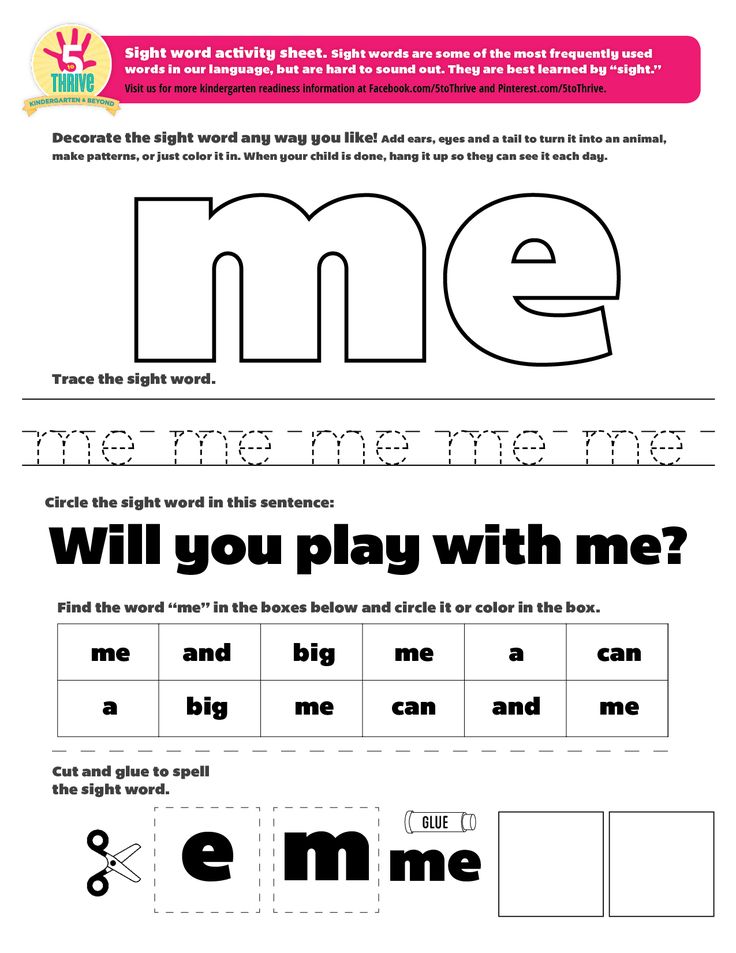
Retinal detachment.
The retina is tightly attached only in 2 places: in the area of the optic nerve and on the periphery of the retina (dentate line). The rest of the length is loosely connected to the pigment layer of the choroid, which creates conditions for exfoliation. The most common cause is a rupture in the retina, its degeneration, progressive myopia, pathological processes in the vitreous body (destruction, liquefaction, wrinkling), hemophthalmus, contusion, penetrating injury. It can be provoked by physical activity, lifting weights, shaking the body, hitting the head. Symptoms and course. The patient complains of a narrowing of the field of vision, a "curtain" in front of the eye, decreased vision, "sparks" in the eye.
Peripheral.
The peripheral zone is the peripheral annular zone on the front surface of the contact lens, which lies outside its optical zone. It usually has a curvature different from the curvature of the optical zone.
Plastic (organic) spectacle lenses.
Spectacle lenses made from organic materials. They are lighter and safer than mineral glass lenses.
Refractive index (index).
When the light flux passes through a transparent medium that differs in properties from vacuum, it slows down. And the more it slows down, the more it deviates from the original direction, that is, it is refracted.
Physical meaning - the ratio of the speed of light in a material to the speed of light in vacuum.
Depending on the value of the refractive index, all materials are classified as follows:
- materials with a normal refractive index - 1.498-1.54;
- materials with an average value of the refractive index - 1.54-1.64;
- materials with a high refractive index - 1.64-1.74;
- materials with an ultra-high refractive index - more than 1.74.
The higher the refractive index of the material, the thinner the spectacle lens will be.
Field of view.
The field of view is the part of space visible when the eye is stationary. For black and white signals, the field of view is usually limited by the structure of the bones of the skull and the position in the eye sockets of the eyeballs. For colored stimuli, the field of view is smaller, since the cones that perceive them are located in the central part of the retina. When tired, it decreases.
Polycarbonate spectacle lenses.
Polycarbonate spectacle lenses. Manufactured by injection molding. Differ in exceptional injury safety.
Light polarization. Occurs when light strikes a surface at a certain angle, is reflected, and becomes polarized. Polarized light also propagates freely in space, like ordinary sunlight, but mainly in two directions - horizontal and vertical. The "vertical" component brings useful information to the human eye, allowing it to recognize colors and contrast.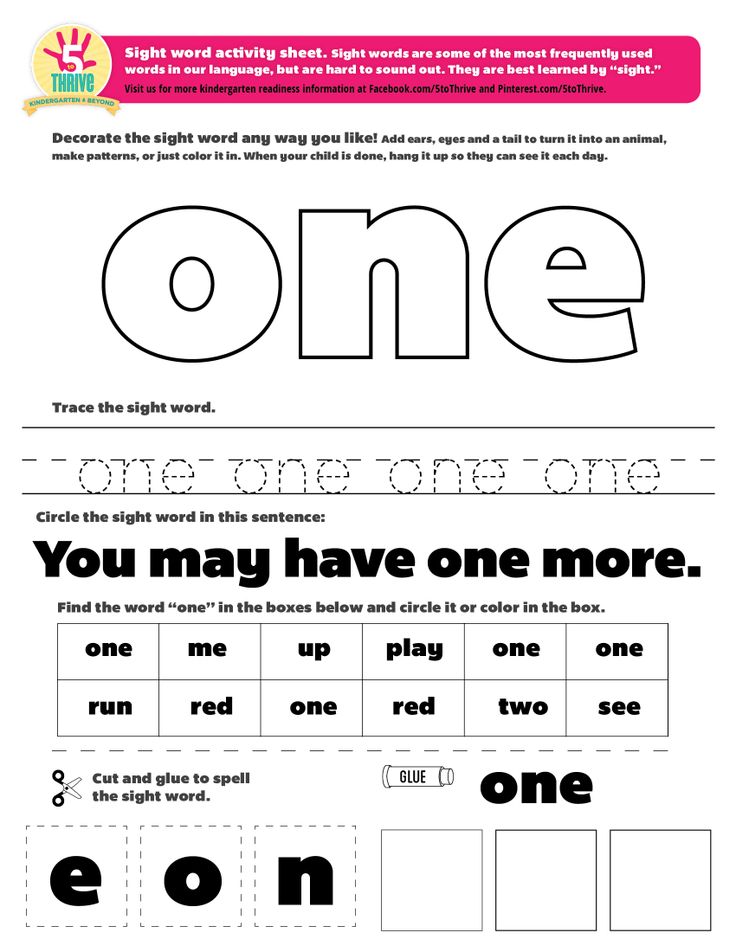 And the "horizontal" component creates "optical noise" or glare.
And the "horizontal" component creates "optical noise" or glare.
Presbyopia.
Decreased ability of the eye to focus on close objects with age. Symptoms: Slowly progressive deterioration in near vision. With emmetropia, presbyopia occurs at the age of 40-45 years, with myopia - later, with hypermetropia - earlier, often accompanied by a deterioration in distance vision. Looking at small objects is facilitated by moving them away from the eye. The diagnosis is based on taking into account the nature of visual disorders, the age of the patient and data on the refraction of the eyes.
Progressive spectacle lenses.
Spectacle lenses for the correction of presbyopia with gradually changing refraction from top to bottom in diameter.
Extended wear contact lenses.
Extended wear contact lenses can theoretically be worn overnight for several consecutive days. After that, contact lenses must be removed and the eyes rested. As a rule, patients who have experience in daily contact lens wear can be transferred to this mode. Such patients should be advised to have regular consultations with an ophthalmologist for the first time after switching to such a regimen. Prolonged contact lens wear leads to a significant increase in the risk of complications.
As a rule, patients who have experience in daily contact lens wear can be transferred to this mode. Such patients should be advised to have regular consultations with an ophthalmologist for the first time after switching to such a regimen. Prolonged contact lens wear leads to a significant increase in the risk of complications.
AR coatings.
Coatings consisting of several layers of inorganic compounds, the thickness and refractive index of which are chosen in such a way as to reduce the reflection of light from the surface of spectacle lenses and increase their light transmission.
Iris.
The iris is a kind of rounded screen, consisting of thin, concentrically and radially located muscles, with contraction and relaxation of which the shape of the pupil changes. The color of the eyes is determined precisely by the iris and depends on the number of pigment cells in it - those with blue eyes have few pigment cells, and those with brown eyes have many.
Daily contact lens mode.
Wearing contact lenses during the day with mandatory removal at night.
Daily contact lens mode.
Disposable contact lenses for one day use only.
Extended wear contact lenses.
Wearing contact lenses without removing during the day and night for 2 weeks or one month.
Ciliary body.
The ciliary body contains ocular muscle tissue (ciliary muscle), the contraction and relaxation of which in a complex way affects the lens, changing its curvature, and thereby refractive properties (accommodation of the lens). In addition, the ciliary body, through a system of special processes on its inner surface, participates in the formation of aqueous humor, a liquid that fills the chambers of the eye. The total intraocular pressure largely depends on the pressure of this fluid. Its parameters are very important for the normal state of the organ of vision.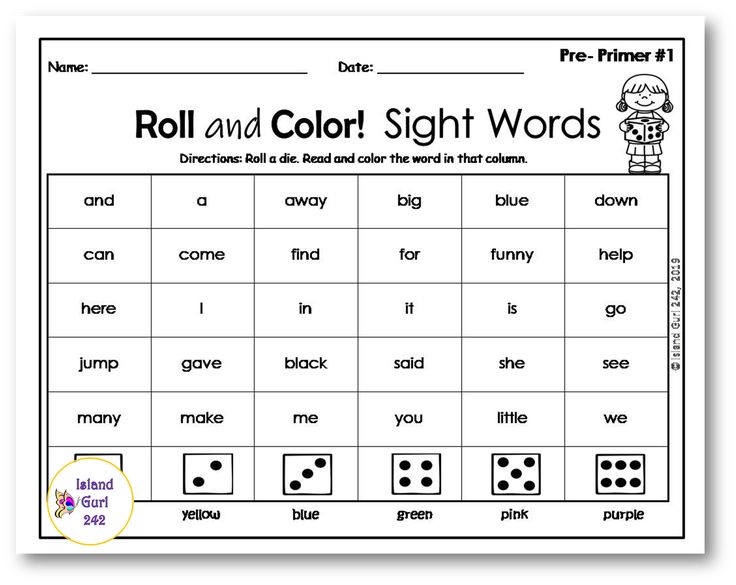 With a persistent increase in pressure (glaucoma), retinal cell death is possible.
With a persistent increase in pressure (glaucoma), retinal cell death is possible.
Refraction.
Refraction of rays by the optical system of the eye. In ophthalmology, the concept of "clinical refraction" is accepted, which means the location of the focal point relative to the retina. There are three types of clinical refraction: emmetropia, myopia, hypermyopia.
Cornea.
This is a transparent fabric that covers the front of the eye, like glass on a watch covers the dial. In addition to its transparency, the cornea is distinguished by the absence of blood vessels in it and high sensitivity (which is especially important for those who wear contact lenses).
Light-conducting media.
The eyes are involved in the refraction of light rays, providing a clear image on the retina. The main light-refracting media of the human eye are the cornea and the lens. Rays passing through the center of the cornea and lens (i.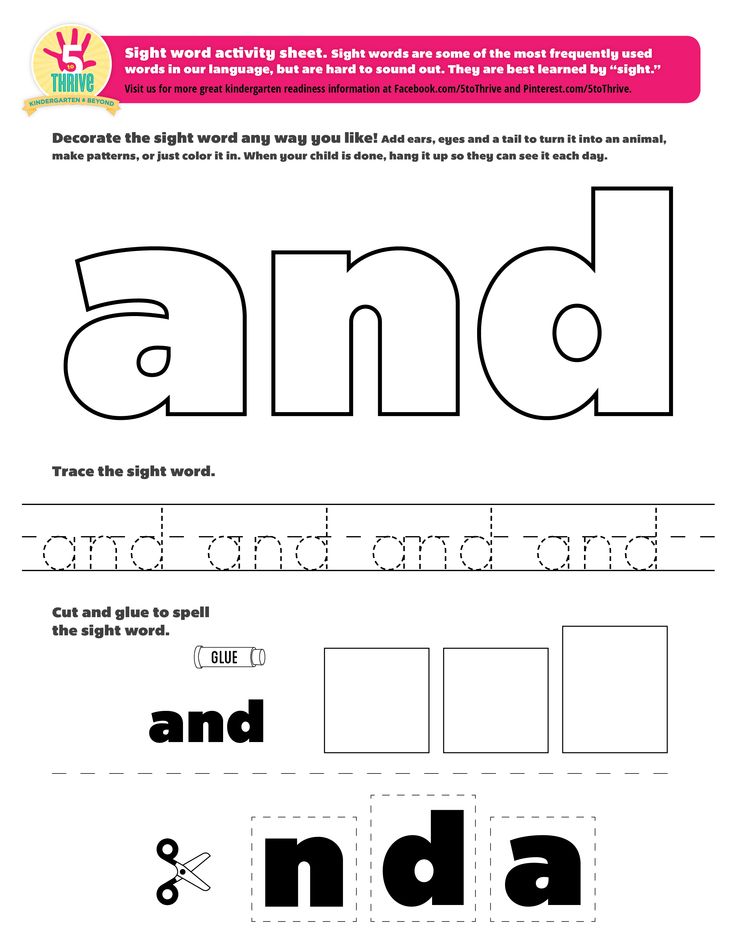 e., through the main optical axis of the eye) perpendicular to their surface do not experience refraction. All other rays are refracted and converge inside the chamber of the eye at one point - the focus. The adaptation of the eye to a clear vision of objects at different distances (its focusing) is called accommodation. This process in humans is carried out by changing the shape of the lens.
e., through the main optical axis of the eye) perpendicular to their surface do not experience refraction. All other rays are refracted and converge inside the chamber of the eye at one point - the focus. The adaptation of the eye to a clear vision of objects at different distances (its focusing) is called accommodation. This process in humans is carried out by changing the shape of the lens.
Retina.
This is a paper-thin tissue covering the inner back of the eyeball. It consists of special light-sensitive cells (receptors), several layers of various nerve cells and a large number of blood vessels.
Silicone hydrogel contact lenses .
Silicone hydrogel contact lenses are contact lenses made from materials that combine silicone rubber and hydrogel monomers. Thanks to this combination, a high degree of gas transmission (in particular, oxygen important for the cornea) is ensured. Currently, the industry produces such contact lenses under three brand names - Pure Vision (Bausch & Lomb), Focus Night & Day (CIBA Vision) and ACUVUE ADVANCE (Johnson & Johnson), the first two of which are allowed for continuous wear up to 30 consecutive days (under doctor's supervision). Synonyms: extended wear contact lenses, prolonged wear contact lenses, continuous wear contact lenses.
Synonyms: extended wear contact lenses, prolonged wear contact lenses, continuous wear contact lenses.
Dry eye syndrome.
Characterized by burning sensation and feeling of "sand in the eyes". This condition is not related to allergies.
Sclera. Outer shell of the eye.
Tears.
The outer surface of the cornea is permanently covered with a thin layer of tear fluid, which improves the optical properties of the eye surface. This fluid is produced by the lacrimal glands, and thanks to the regular movements of the eyelids, it is evenly distributed over the cornea. The tear fluid protects the cornea and conjunctiva from drying out. Its composition is close to that of blood plasma ultrafiltrate. The tear fluid contains substances that have a bactericidal effect, and thus protects the eye from infections.
Vitreous.
It is a transparent jelly-like substance that occupies the posterior two-thirds of the volume of the eye. A small space between the cornea and the lens is filled with a transparent liquid medium - intraocular fluid.
A small space between the cornea and the lens is filled with a transparent liquid medium - intraocular fluid.
Spherical lenses. Lenses whose refractive surfaces are spherical.
Reinforcement coating.
Increases the resistance of spectacle lenses to abrasive wear during use (scratches, chips).
UV absorbers. Organic substances that absorb the ultraviolet component of solar radiation.
Flex hinges.
Improved design for attaching the temple to the spectacle frame. Provides a reduction in pressure on the temples and a longer preservation of consumer properties and frame design.
Photokeratitis.
Burning of the conjunctiva and cornea caused by prolonged exposure to the sun or UV radiation from an artificial source such as a welding machine.
Photoreceptors.
Photoreceptors are highly specialized cells that convert light stimuli into nervous excitation. Photoreception begins in the outer segments, where visual pigment molecules are located on the discs (in rods - rhodopsin, in cones - iodopsin). Under the action of light, a series of very rapid transformations and discoloration of the visual pigment occurs. Rods and cones differ in their functions. The rods are more sensitive than the cones and are organs of twilight vision. They perceive a black and white (colorless) image. Cones are organs of daytime vision. They provide color vision. There are 3 types of cones in humans: predominantly red, green, and blue-violet. Their different color sensitivity is determined by differences in visual pigment. Combinations of excitations of these receivers of different colors give sensations of the whole gamut of color shades. Uniform excitation of all 3 types of cones causes a sensation of white color.
Photoreception begins in the outer segments, where visual pigment molecules are located on the discs (in rods - rhodopsin, in cones - iodopsin). Under the action of light, a series of very rapid transformations and discoloration of the visual pigment occurs. Rods and cones differ in their functions. The rods are more sensitive than the cones and are organs of twilight vision. They perceive a black and white (colorless) image. Cones are organs of daytime vision. They provide color vision. There are 3 types of cones in humans: predominantly red, green, and blue-violet. Their different color sensitivity is determined by differences in visual pigment. Combinations of excitations of these receivers of different colors give sensations of the whole gamut of color shades. Uniform excitation of all 3 types of cones causes a sensation of white color.
Photochromic spectacle lenses.
Spectacle lenses with photochromic organic pigment distributed in the surface layer or in the bulk of the material. Under the influence of ultraviolet radiation - darken.
Under the influence of ultraviolet radiation - darken.
Chromatic aberration. Decomposition of a color into its individual colors.
Lens.
The lens of the eye is a transparent, elastic and semi-rigid solid body that can change its shape so that objects located at different distances from the eye are in focus. In its place, it is held by thin fixing fibers - the ciliary girdle, or the ligament of zon, which is attached to the ciliary body. To bring a close object into focus, the muscle of the ciliary body contracts, thereby weakening the pressure of this ligament on the lens and allowing it to expand, which, in turn, increases the optical power of this system. With age, the elasticity of the lens decreases somewhat, and it can no longer expand to the required degree. This phenomenon is known as presbyopia (senile farsightedness), and because of it, people after forty years of age often require reading glasses.
Emmetropia.
Normal, or proportionate, refraction of the eye, in contrast to disproportionate - ametropia, in which the optical system of the eye is not able to focus on the retina parallel rays of light entering the eye. See Myopia, Hyperopia.
Barley.
Acute limited purulent inflammation of the edge of the eyelid. Cause: infection of the hair follicle or sebaceous gland. Symptoms: Limited, sharply painful swelling along the edge of the eyelid. After 2-4 days, a yellowish head is formed on its top, upon opening of which pus and particles of necrotic tissue are released. Sometimes, especially when squeezing out pus, barley can cause phlegmon of the orbit (diffuse purulent inflammation of fatty tissue), thrombosis of the cavernous sinus, meningitis. get a quick loan on a passport
Theme of vision in Russian and English
In this article we will tell you:
- The word eye meant "round stone", "amber"
- English eye - "eye" and "part of the face around the eye"
- The word vision meant "radiance", "glow"
- English vision - "vision", "vision", "imagination"
- The word lens comes from "lentil"
- English lens - “lens”, “lens”, “lentil”
- Mom, have you noticed that the lens looks like lentils?
Max, the eldest son of Lucy and Sasha, loves to surprise his parents with unexpected observations.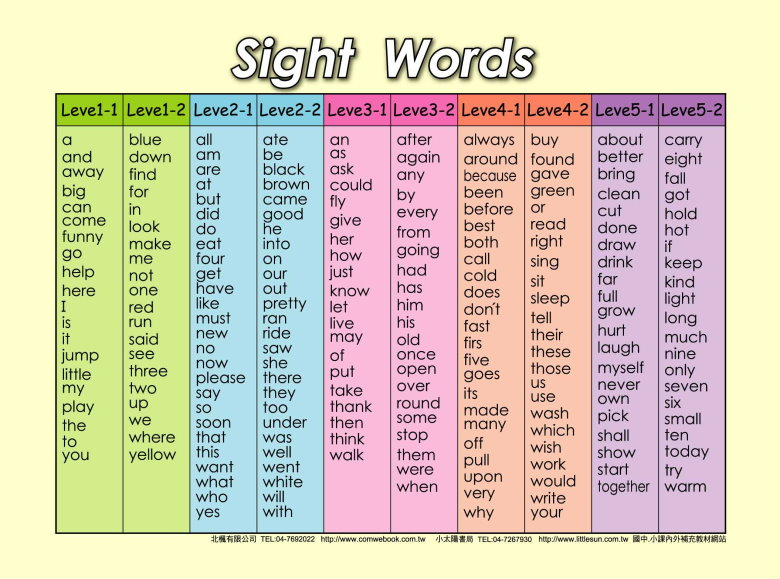 But this question, in the silence of a Saturday morning, was especially difficult.
But this question, in the silence of a Saturday morning, was especially difficult.
“Um, no… Should I have?”
- Of course! "Lens" in Latin means "lentil". They have the same shape, hence the name. I read it in the dictionary yesterday. And "eye" means "round pebble", can you imagine?
- It's really interesting! I didn't know you were interested in linguistics.
“Wait, that's not all. I also read about English. Here, listen!
The word eye meant "round stone", "amber"
In the Old Slavic language, the word "eye" meant "round pebble", "ball", "bead". Many linguists note the similarity of this concept with the Polish "głaz" - "boulder", "cobblestone", "piece of rock". In Old Germanic, the similar word "glas" was used to mean "amber".
Interestingly, until the 16th century, the organ of vision was called exclusively by the word "eye".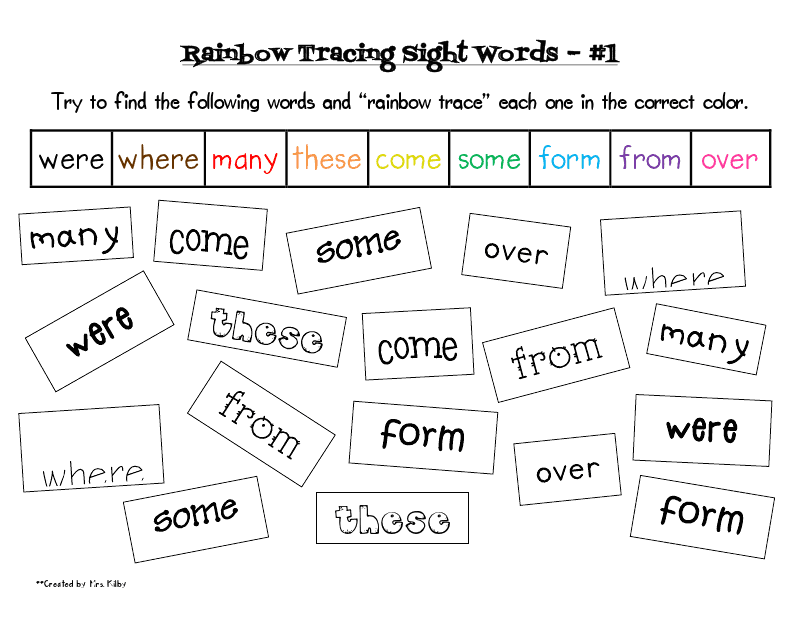 According to some linguists, the displacement of this word began thanks to the colloquial phrase "roll out your eyes", that is, "look intently or in surprise."
According to some linguists, the displacement of this word began thanks to the colloquial phrase "roll out your eyes", that is, "look intently or in surprise."
The word “eye” has many ancient “relatives” that we don’t even know about: “head”, “nodule”, “iron”. They also came from words denoting different types of pebbles and shards.
In Russian there are many proverbs and sayings with the word "eye". Each of them has its own unique story. For example, the phrase "splurge" originated in the era of fisticuffs, when fighters used sandbags to temporarily disarm their opponents. This technique was banned by special decree in 1726. The phrase "splurge" has remained in the language in the sense of "to exaggerate the possibilities."
English eye and part of the face around the eye
The Old English word ēage ("eye") is of Germanic origin. It has many "relatives" in other European languages - Swedish öga, Danish øie, Dutch oog. In its modern format, the word eye came into English after 1200.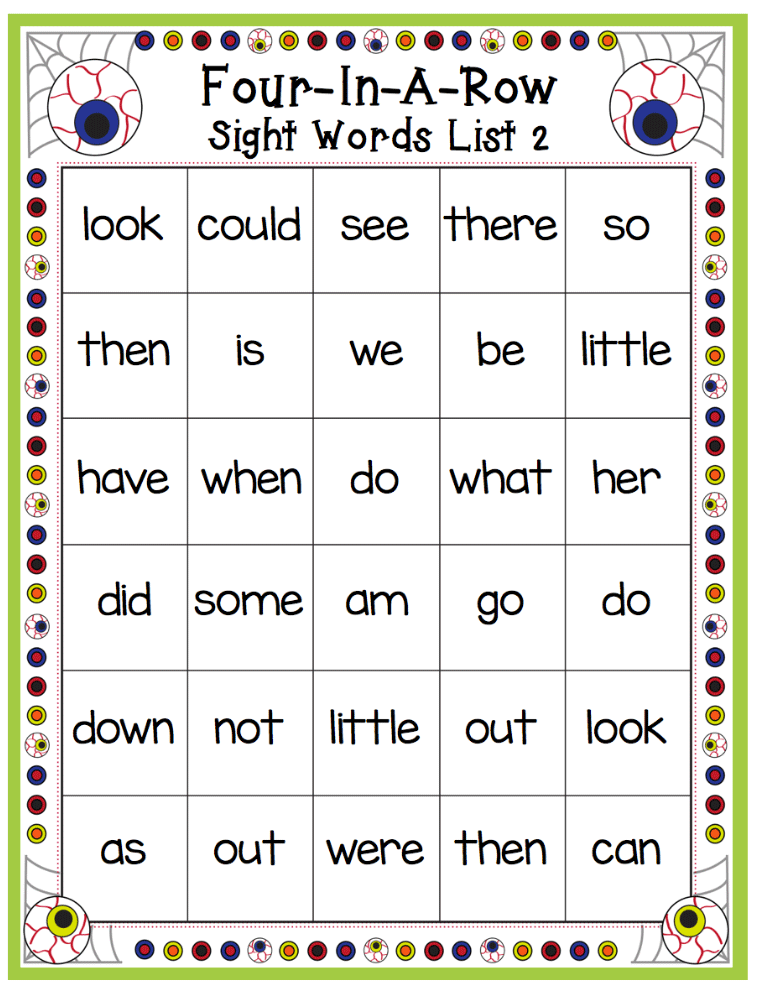 Interestingly, they denoted not only the organ of vision, but also the part of the face around the eyes, along with eyelashes, eyelids and eyebrows.
Interestingly, they denoted not only the organ of vision, but also the part of the face around the eyes, along with eyelashes, eyelids and eyebrows.
After the 14th century, the English word eye began to take on new meanings. Many of them still exist. So, eye is also “a buttonhole”, “a drawing in the form of an eye on a peacock feather”, “an apple on a horse's skin”, “needle eye” and “the center of a tropical cyclone”.
The English word "eye" has many interesting related words that have no analogues in Russian. For example, eye-opener (literally "eye opener") - "a sip of alcohol" or "amazing news", bulls-eye (literally "bull's eye") - "direct hit", eye-service (literally "eye service") - "work for the public" or "work under duress."
In English, as in Russian, there are a lot of catch phrases with the word "eye". So, the phrase Turn a blind eye (literally "turn a blind eye") is used in the meaning of "consciously ignore unwanted information." Linguists believe that Admiral Horatio Nelson became the creator of this phrase: during the naval battle of Copenhagen in 1801, he did not want to see his commander’s signals about the retreat and “looked” through the telescope with his absent eye.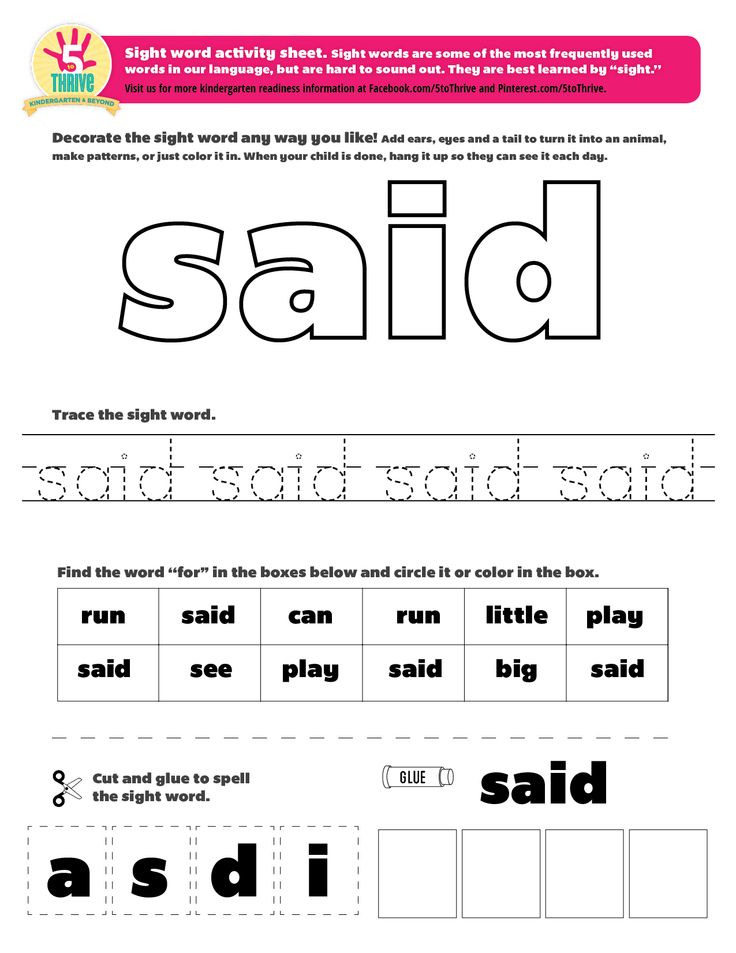
The word vision meant "radiance", "glow"
This word comes from the Old Slavonic ZVRETI - “shine”, “shine”, “see”. Its closest “relatives” are the Serbian “behold” (“to see”), the Slovenian zreti (“to look”) and the Lithuanian žėrėti (“to shine”). The derivatives of this word are also associated with the ideas of light and radiance, for example: "dawn", "glow", "lightning", "illumination".
The immediate relatives of the word “sight” are “shame”, “sagacity” (the ability to see ahead), “mirror” (i.e., an object that is looked into), “ghost”, “guard”, etc. In modern language they are not are considered to be of the same root, but the semantic connection is obvious even now.
The origin of the word "pupil" is interesting. In Latin, there are the words pūpa (“little man”, “doll”, etc.) and pupilla, a derivative of it, “pupil”. The meaning was formed on the idea that a person looking into the eyes of the interlocutor sees his own small reflection in them.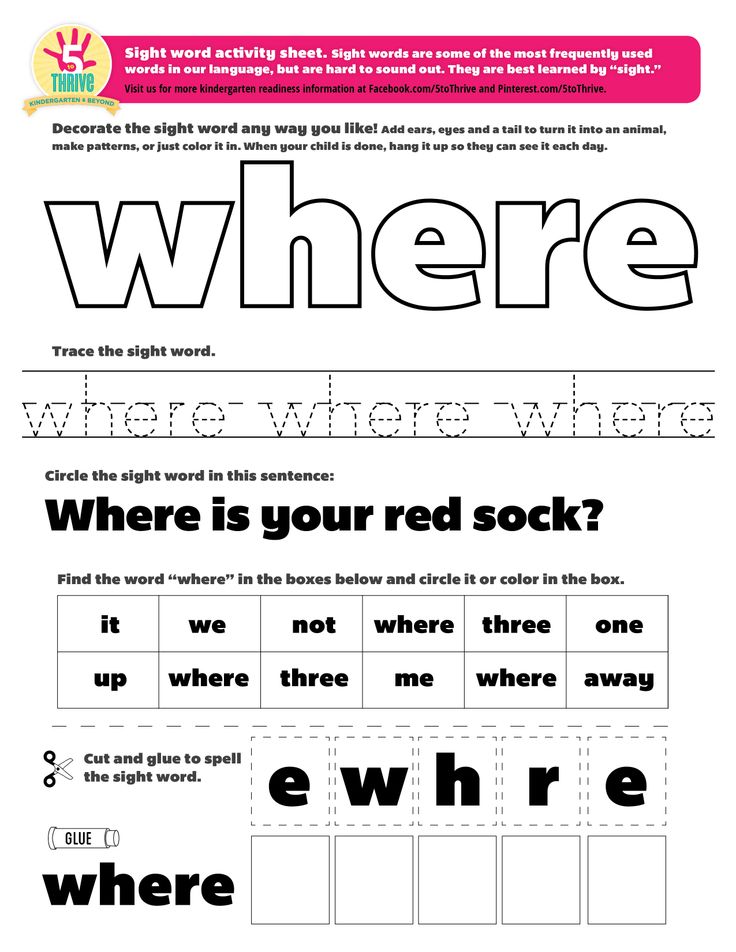 The ancient Slavs used this analogy: the word ZHRAK ("image", "vision") in the "pupil" - "little man in the eye."
The ancient Slavs used this analogy: the word ZHRAK ("image", "vision") in the "pupil" - "little man in the eye."
English vision - “vision”, “vision”, “imagination”
Linguists trace a direct connection between the Latin videre ("to see") and modern English vision. It is interesting that the original meaning of this word did not come down to the ability to perceive the world through the organs of vision, but to the imagination and the ability to see something supernatural. A similar trend was traced in Old French: vision - “presence”, “vision”, “unearthly appearance”.
In the meaning of “vision”, this word was fixed only at the end of the 15th century. In modern English, it has acquired additional semantic shades. For example, it is used when talking about insight, imagination, worldview, or the ability to see perspective.
The word vision, like the Russian “vision”, has several unexpected “relatives”. One of them is the popular English interjection voila (“voila”, borrowed from French), which can be translated as “here”. The same family includes visionary (“dreamer”, “seer”), evident (“obvious”) and vivid (“bright”, “alive”). French has visionnage (“view”) and visionneuse (“projector”), while German has Visionär (“seer”), Visionen (“plans”) and Visionsradius (“line of sight”).
The English set expression range of vision is similar to the Russian "field of vision". Another interesting phrase twenty-twenty vision ("vision 20 to 20") means excellent vision, by analogy with the Russian "unit for both eyes." To denote a narrow outlook and limited views, the British and Americans use the expression tunnel vision - “tunnel vision”.
The word lens comes from "lentil"
The original source of this word is the Latin lens - "lentils". The shape of the lens resembles a legume, and it is this analogy that formed the basis of the word. In Russian, the concept of “linga” (“lens”) appeared in the 16th century, but it “got” to dictionaries relatively late - in the 19th century.03 year.
It is interesting that the analogy between an optical product and a plant of the legume family exists not only in Slavic, but also in other European languages: in French "
lentille ("lens" and "lentils"), in Spanish lente ("lens") and lenteja ("lentils"), in Italian lente ("lens") and lenticchia ("lentils").